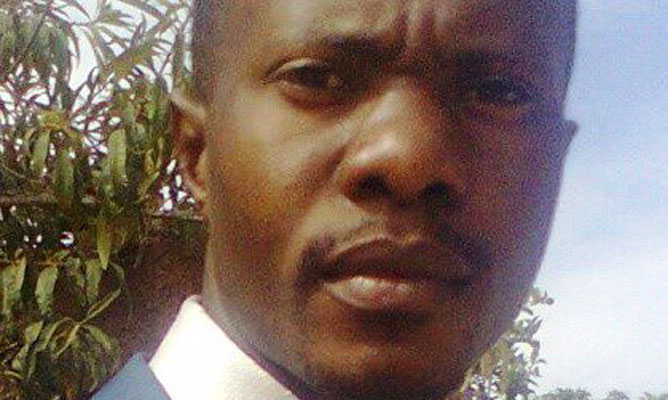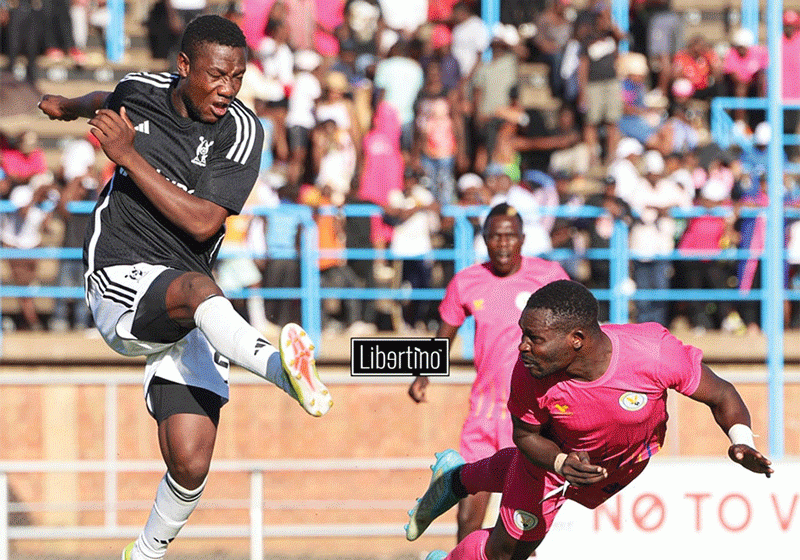
VICE-PRESIDENT Emmerson Mnangagwa is a man under siege. To many, who vehemently denied the existence of factions within Zanu PF, the script is now playing out loud and clear. The simmering tensions just got to a probable point of no return.
BY Learnmore Zuze
The punches are no longer being pulled; it would appear there is nothing more to hide. That the Vice-President of a country can be ripped apart in a public speech by none other than the First Lady speaks to a party and, much less, a government divided upon itself.
Zimbabwe has had a string of Vice-Presidents since independence. A close analysis of the history of the Vice-Presidency in Zimbabwe reveals a curious trend, which evidently makes for great political insight.
There has been no mistake as to the President of Zimbabwe. Zimbabwe has known one Executive President since Robert Mugabe became the President.
The majority of adults in Zimbabwe will remember the presidium of the 1990s, which comprised co-Vice-Presidents Joshua Nkomo and Simon Muzenda.
Both men were older than Mugabe and died while still serving in their official capacities. Nkomo, dubbed, “Father Zimbabwe”, died on July 1, 1999 at the age of 82. Nothing flowed from this man’s mouth than the need for unity in the country. Throughout his term in office, as the Vice-President, he was never accused of planning to take over power on any day.
Talk of succession was alien. The same script was also evident with Muzenda, who remained a contented Vice-President up to the time of his death in old age. It is apparent that a key reason as to why no talk of succession politics was heard during these Vice-Presidents’ time was largely due to their advanced ages.
- Chamisa under fire over US$120K donation
- Mavhunga puts DeMbare into Chibuku quarterfinals
- Pension funds bet on Cabora Bassa oilfields
- Councils defy govt fire tender directive
Keep Reading
Was it a coincidence that the two Vice-Presidents, whose terms were characterised by peace, were both older than the incumbent? These old men were perceived as no “threat” to the throne. Likewise, none was ever held in contempt or suspected to have had plans to create different centres of power.
After the fall of these aged Vice-Presidents came Joseph Msika. Again, his time as Mugabe’s deputy was defined by peace insofar as the politics of succession was concerned within Zanu PF. No one accused Msika, a Vice-President, who was also quite advanced in age. The post, it would appear, was reserved for the ageing party cadre, one who held no ambitions beyond the Vice-Presidency. The same was to happen after Msika’s death.
John Nkomo, who battled ill health for the better part of his time in office, was another Vice-President who was apparently seen as holding no ambitions and absolutely nothing of succession was heard against him.
So it was with all the late four Vice-Presidents Nkomo, Muzenda, Msika and John Nkomo; nothing about trying to seize power or create centres of power was heard. These men suffered a political defect of some sort; they were either older than Mugabe or at least suffered ill health, which made them “suitable” deputies.
So, just when did the succession rain begin to beat Zanu PF? Today, the political landscape is awash with an array of accusations against Vice-Presidents plotting to unseat the President. Succession has assumed a colossal height. Accusations and counter-accusations are the new norm.
It began with the appointment of the first woman Vice-President, Joice Mujuru. Her appointment was curious. The appointment, on close analysis, had overtones, in fact, a common factor with that of the previous Vice-Presidents who were perceived as posing no threat to the throne.
Mujuru’s Vice-Presidency had a handicap; it was naturally going to be a long time before the idea of a woman President became sellable to Zimbabweans. In essence, Mujuru’s appointment in 2004 served well to quell the troublesome post of Vice-President. However, this might be precisely where trouble started.
In the late years of Mujuru’s vice-presidency, unfamiliar echoes began to whisper. Accusations began drizzling. She was young and enjoyed popular support from a significant section within the party. Consequently, by the end of 2013 the hatred and accusations against Mujuru had reached a melting point.
She faced a tonne of accusations, from creating a parallel government to attempting to kill the President. Subsequently, Mujuru fell. If she had been a mere minister, she might still have been on the Zanu PF gravy train today. It was this prickly post that saw her demise.
And now to Mnangagwa, his appointment to the position of Vice-President together with Phelekezela Mphoko after Mujuru’s hounding-out of the party has brewed the worst scenario. Like Mujuru, Mnangagwa today stands accused of a plethora of evil things. The sword that Mujuru fell on might be the very sword staring at Mnangagwa.
Grace Mugabe, who was the leading voice in the ouster of Mujuru, is, again, the leading voice in the attack on Mnangagwa. In essence, there is a strong resemblance between the accusations that were thrown at Mujuru and those directed at Mnangagwa.
One is no doubt left with the conviction that the Zimbabwean Vice-Presidency is a scorching seat; one that is actually cursed if one is young and is perceived to have ambitions. The trouble now is that no one has the advanced age to hold it without being accused of trying to overthrow Mugabe.
The ill-fated Vice-President post has become a hotbed for Zanu PF politics and, much more, a diverting matter from issues of substance in Zimbabwe.











